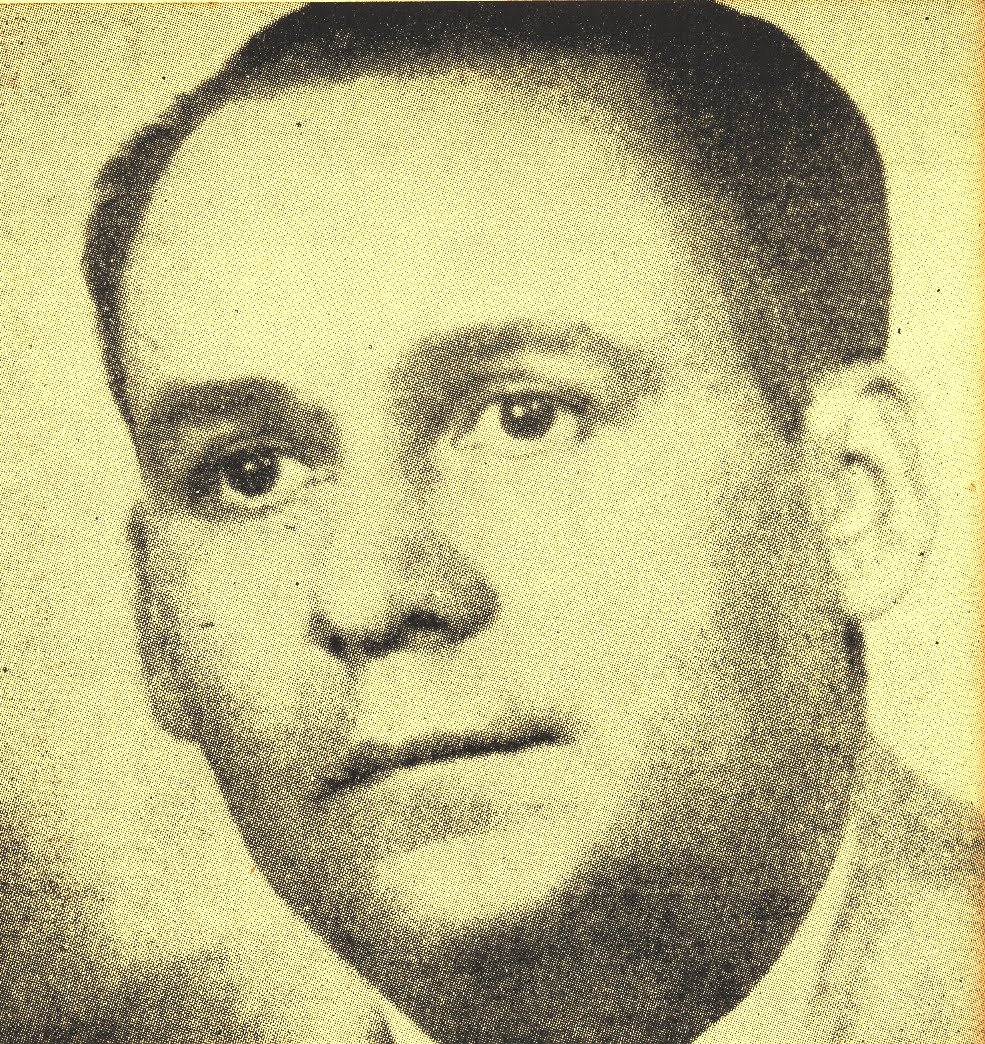4.1.1.17 The poetics of Emilio Ballagas (1908 – 1954), homoeroticism and religiosity

Emilio Ballagas’s poetry followed various aesthetic paths. He began with a purist conception of poetry, nourished by the contributions of the avant-garde and the poetic syntheses of Mariano Brull, which can be seen in his use of gibberish and a quasi-sensory delight in vocabulary.
The generative core of his poetry is largely given by his carnal and spiritual impulses of a homoerotic nature, of which the poet would gradually become aware until he declared them in his verses from an agonizing feeling that he would capture with singular mastery in two of the most important poems of the national lyrical tradition: “Elegía sin nombre” and “Nocturno y elegía”.
The antagonism between this sexual inclination and the poet’s religious faith, rooted in secular Catholicism, fertilizes not all but the most transcendent aspects of his poetry, to which is added the social contempt he had to endure. Ballagas’s emotional vulnerability, his inherent emotionality, suffered this conflict with tragic overtones, which determined his poetry to move between the intimate and the fugitive; yet he was eager to anchor it in his reality and social context.
In his lyrics, verses of the highest quality coexisted with others that were frankly mediocre. Among the former are the aforementioned elegies, and among the latter, his poems dedicated to the Virgin of Charity and those he conceived for the centenary of the apostle, praiseworthy for their respective intentions but not for a truly meritorious aesthetic quality worthy of the rest of Emilio Ballagas’s work.
His lyrical exploration also delves into Negrism from a perspective that lacked the depth to fully understand the Black person in his context and that of an essentially racist society; however, he did delve into the culture of the race with reverent enthusiasm and left behind texts that constitute true homages, in which he revels in both the linguistic and the delights of the spiritualized flesh.
At the end of his life, he achieved an emotional and poetic serenity that made his last work, “Cielo en rehenes,” one of the most transcendent works of our poetry in its communion with the divine and with himself as part of it in his transcendent spiritual being.








